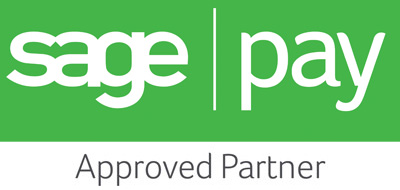Getting Past The Email Gatekeeper
Email marketing remains one of the most cost-effective, high-return methods of marketing, particularly for B2B companies.Over 80% of B2B marketers feel it is still the best way to distribute and promote content (according to a survey conducted by email list management service Optin Monster), while 60% of consumers say they have made a purchase as a direct result of receiving a marketing email according to the same study.
This is all well and good, but recipients can only take action if they actually see the email.If your emails are not getting into the inbox, it doesn't matter how appealing the offer is, or how well-crafted the subject line, graphics and text are, it has to be seen to be acted upon. It takes time and expertise to get a persuasive marketing email put together but this is all wasted if it gets pushed aside by the email inbox gatekeepers.
Thinking about the spam filters and other tools email services use to reduce spam and other irrelevant emails got us looking at the mythological gatekeepers such as Cerberus and the Minotaur. These are all “liminal deities”, meaning that they guard a boundary in much the same way that spam filters and blacklists are the liminal deities of email marketing.
We're not trying to strangle the many heads of Cerberus, nor slay a Minotaur, but we do want to get past the liminal deities that guard the inbox of our customers in a much less violent manner. We do this using some clever technology, the first aspect of which is to ensure that the domain marketing emails are sent from isn't going to get flagged by spam filters. A common mistake made by companies running their own email marketing is to use a free email provider like Microsoft Live or Gmail to send the emails from. On the surface of it, this is a way round the potential problem that can affect all emails originating from a company should the domain be flagged for spam. If this happens then emails sent to existing customers won't get through and it can affect internal email too. Using a custom domain that is clearly linked to your business is the solution.
Unfortunately, this is not a quick fix. Many email service providers flag all email from young domains (those less than 2 weeks old) as spam to stop mass spam emailers from shifting domains every week. When you set up your custom domain ensure that there's a holding page, at the very least, which informs customers and Google that it's linked to your business, and wait a couple of months before using the domain to email from.
Testing is absolutely vital before sending a campaign – the spam filters of various email providers have different parameters so while some people may get your email, others may not. Testing sending the email to several different accounts (a Gmail, a Yahoo, a MS Live and others) will flag the things that could stop your email being delivered. Have a look at your email list and see which is the most common provider used by your customers (as well as the 2nd, 3rd, and 4th) and focus your testing attempts on these inboxes.
Of course, the content, tone and subject line of the email have to be on point, but this effort can be completely wasted if the email will never make it past the spam filters. This can be avoided by taking the steps outlined above, never slacking on the test, test, test approach that can highlight the problematic things stopping your email from being delivered straight to an inbox.
